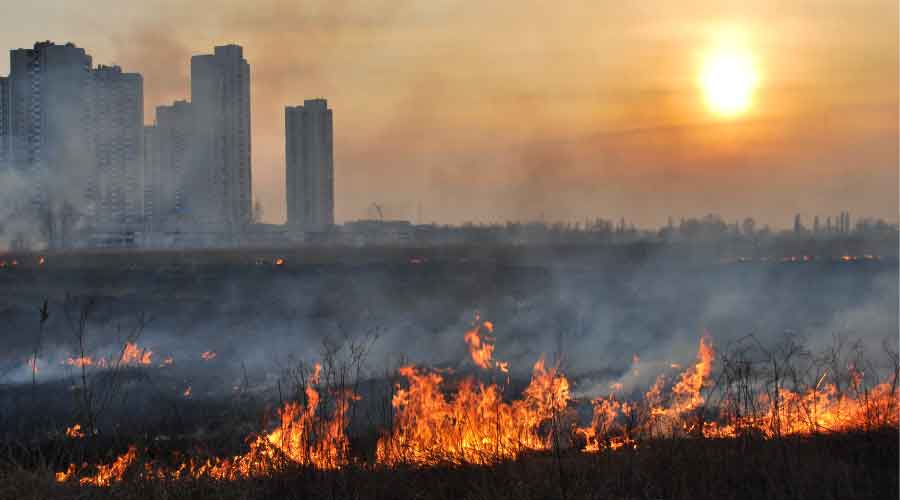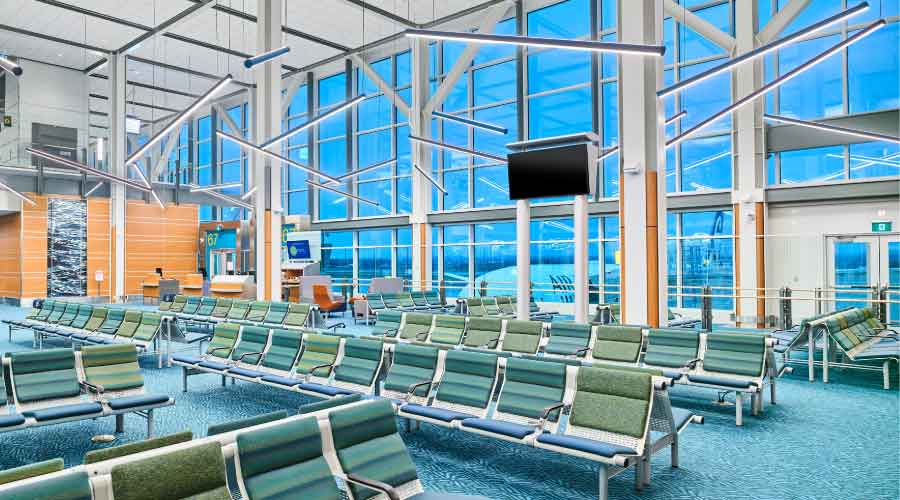
Don't Overlook Water Consumption in Climate Change Discussion
With major reservoirs drying up on the West Coast, facilities need plans in place to conserve use for current and future operations. January 10, 2023
By Dave Lubach, Managing Editor
While reducing greenhouse gas emissions and achieving net-zero energy in facilities are key buzzwords in the effort to lessen the impact of climate change, another important aspect of climate survival – water conservation – often flies under the radar.
As the headlines about water shortages on the West Coast of the country, and the drying up of such reservoirs as Lake Mead and the Colorado River, which serve as water providers to many of the country’s largest population centers in the southwestern part of the U.S., using water more wisely is another aspect of climate change that takes priority, according to a recent Business Times online article.
“Water is a key input for many industries that power the global economy – from agriculture, to manufacturing, and even just to keep offices running. Any interruptions to regular water supply could result in widespread disruptions, such as higher production costs, reduced output, poorer service quality and supply chain delays,” wrote the article’s author.
The author states that as many as two thirds of the world’s population could be living in water-stressed areas by 2025 if more immediate consumption issues are not soon addressed. It’s a timeline that the United Nations has also noted.
The author suggested that business and facilities need to take a three-step approach to help solve future water issues.
- Discover how water impacts their business to understand its value and give building owners an idea of the risk a water crisis poses to their facilities.
- Manage a water consumption plan that meets economic, social and environmental needs of both the present and future.
- Report usage trends and provide benchmark reports that can help facilities better manage water use.
Dave Lubach is managing editor of the facilities market.
Next
Read next on FacilitiesNet












